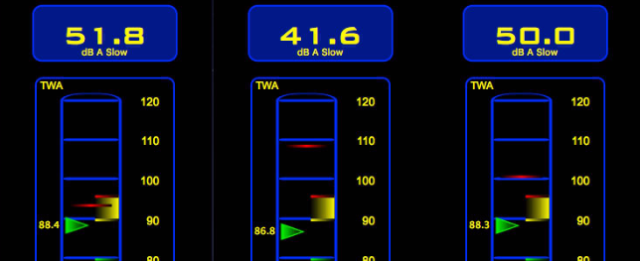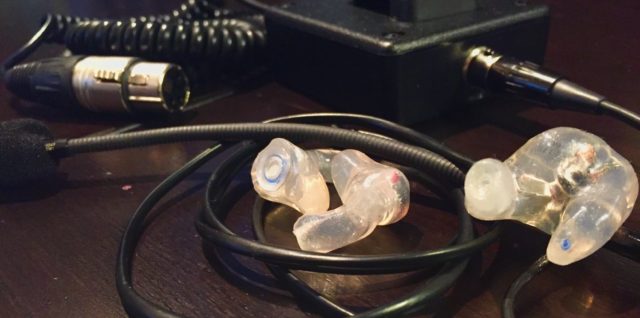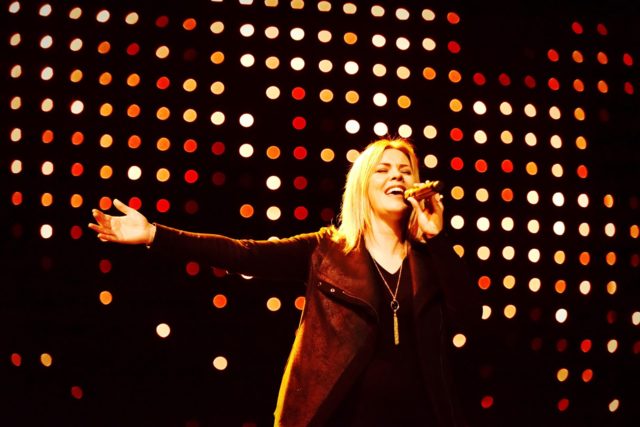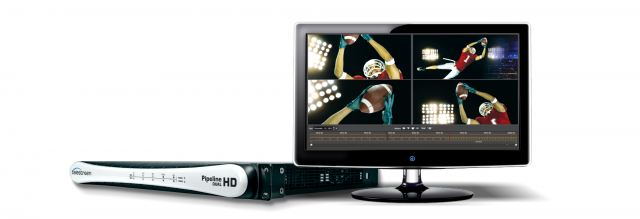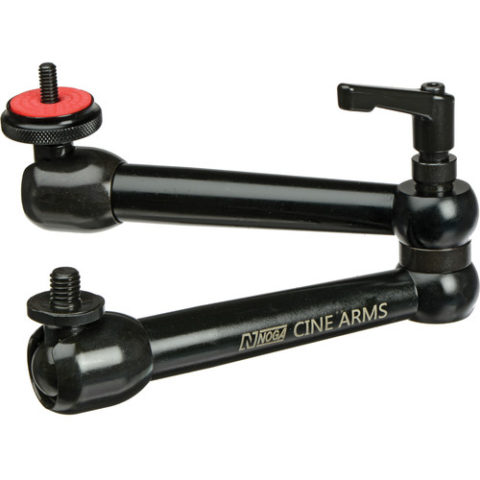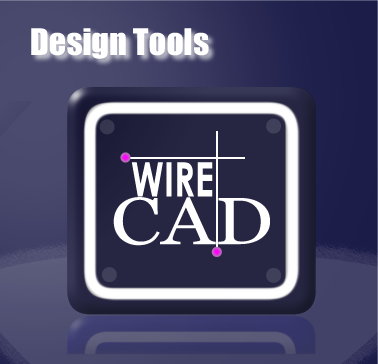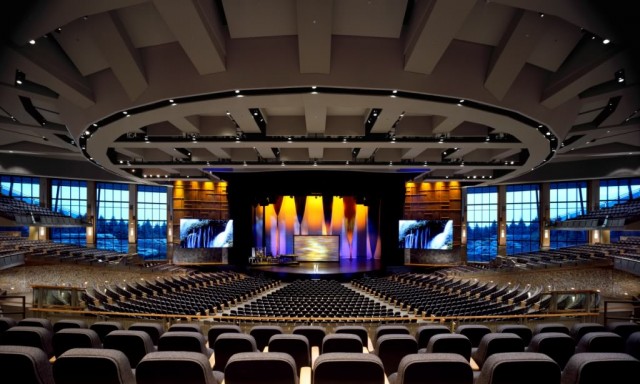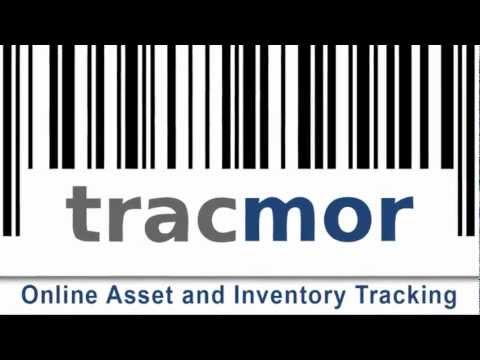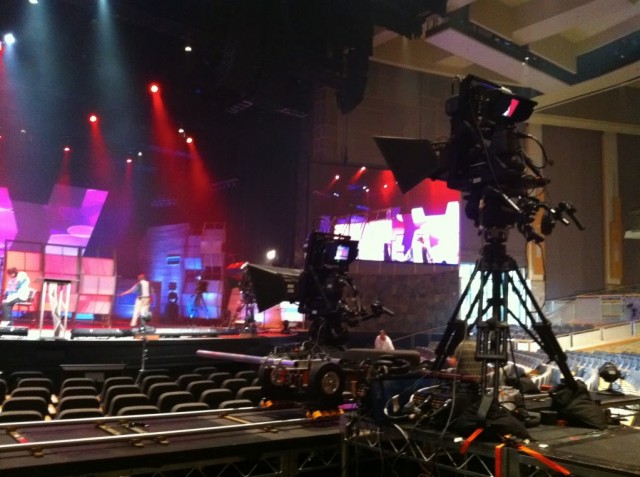
Frequently Asked Questions
We get questions from church techies all over about how Willow runs. Our FAQ’s are our answers to your questions! Which makes sense…Frequently Asked Questions…
We are often asked what our volume policy for SPL levels during a worship service is at Willow Creek. Our official policy can be found here.
Read More
We often get asked what comm headsets our production team uses for our events and services. Ask no more! Sensaphonics makes an earpiece called the TC1000. It runs about $600 (not including cost for in-ear molds and visit to an audiologist) and is an ear saver. Why do we use this? Great question! When over the ear muffs are used in a live setting, the effect can sometimes be like a musician playing with a wedge for a monitor. The levels coming out of the muff (or wedge) have to overcome the ambient noise in the room, which can lead to extremely loud levels and hearing damage. Having an in-ear headset enables the user to use lower overall levels, which helps protect one of our most precious assets – our hearing. When paired with a molded musician earplug in the other ear, overall comm levels can be lowered for greater comfort
Read More
The on-stage LED grid (lovingly dubbed “Homebrew” around Willow Production) was an idea turned into reality for a specific event, which then evolved into a ministry staple. Below, Jordan Monson, our LED guru, explains more of the nitty-gritty details. 12” LED Grid (aka Home Brew) Notes: General Dimensions: 75’w x 24’h with a 12″ pitch Attachment Notes (what are the LED diodes attached to): the LEDs are attached to a wooden frame that was simply plywood sheets ripped down to be an inch or two wide. Super low cost. And then the LEDs are stapled to the wood…carefully. What Equipment Was Used: The LEDs are a product from holidaycoro.com called Brilliant Bulb in the 12” spacing, we popped off all the plastic C9 bulbs and went with just the LEDs showing. The driver is another product from Holiday Coro called Alpha Pix 16 powered by 2 – 29Amp 12v power
Read More
We record (capture) our services to several digital video recording devices. We use a networked digital recorder called Telestream Pipeline and also several AJA KiPro Rack recorders, which basically look and feel like a VTR replacement. The Pipeline is a two channel device that’s attached to a local PC and the files are recorded directly to our SAN, for immediate access by our editors. The KiPro recorders have 500GB removable hard drives and the files can either be copied from the KiPro over the network or the KiPro drives can be removed and mounted locally in an edit suite. We use the KiPro recorders for recording clean feeds, camera ISO’s and Program backup. Our house recording format is ProRes 422 at 1080i. The Pipeline recorders capture the “Program” feed on one channel and a “wide shot” camera feed on the 2nd channel. These two video files are available immediately following the
Read More
Update Summer 2016 – This post was originally written when we were still using Sony DXC-D35 cameras in our old SD system. Since our upgrade to HD in 2015, we now are using Hitachi SK-HD1200 cameras in our Main Auditorium. The viewfinders are an LCD studio style monitor, Hitachi model HDF-700H, that mounts to the top of the camera, so we had a similar issue in that we wanted to have the studio viewfinder at the back or side of the camera. Unfortunately, the Cambracket system we used in the past on the Sony cameras would not work on the new LCD studio viewfinders. But, we found an easy solution by using a heavy duty articulating bracket by Noga. It’s model MG9038CA CineArm MG-large and it mounts to the underside of the camera plate & the other side mounts to the bottom of the studio viewfinder. The Noga CiniArm is available
Read More
We’ve tried VidCAD and Visio, but Visio lacked the features that we wanted & VidCAD was very complicated. So, several years ago we tried out WireCAD as is was a true CAD wiring software with a fairly easy learning curve. We like it because it had a reasonable price, easy to use, online tutorials, great support and the best feature was the ease in building equipment blocks. WireCAD is a true wiring schematic software program. Sure, it can open any DWG file, but it’s main use is for wiring signal flow diagrams. We started out making easy signal flow drawings, and now we do al lour system documentation inside WireCAD. It keeps things organized , creates cable labels, does rack elevations and even patchbay layouts. I would say that it’s not as easy to use as Visio, but onc eyou get the hang of signal flow and how everything flows
Read More
System Update 2016 – We now have a new Digital Asset Management system installed. Here’s a link to another post about the project. We often get asked “How does Willow organize & archive all the video content it produces?” Well, we use a Digital Asset Management system. This system consists of a server with lots of backend stoarge to hold all the video archives. The managament part is a web based software interface that users log in and uploads, organizes & downloads content as needed. I won’t talk about the specific product that we use, because it is no longer available & we, like some of you are currently looking for a new system to replace our aging system. The bad news about these types of systems is that they range in price from a few thousand dollars for a simple software only system to over a $100K for
Read More
The window shades in our Main Auditorium are custom made shades on motorized lines hafts controlled by iRig software. We have ten very large windows in our Main Auditorium, five on each side of the stage. Each window is approximately 14 feet wide by 40 feet tall. The sides of the window openings were fitted with a metal channel that runs the length of the window, on each side from top to bottom. This channel creates a light lock for the edge of the rolling window shade to fit into, thus keeping sunlight from peeking in between the fabric shade & the edge of the window. It works very well. The window shades are hand sewn fabric panels with a thick fabric backing to prevent light penetration. These hand sewn panels were then fitted onto a motorized lineshaft custom fitted to the window width. A software program called iRig is used to
Read More
Willow Production uses a software program called Tracmor for tracking all of our production gear across our entire campus.
Read More
Starting in 2010, the Leadership Summit has been recorded in HD with a full HD Production truck. However, the actual satellite broadcast has still been done in Standard Definition, mainly due to the fact that all of the satellite sites would need to have upgraded hardware & infrastructure to handle an HD satellite signal. We hope to be able to go to a full HD signal path in the next year or two. Regarding, which cameras we’ve been using for the Leadership Summit. Three years ago, it was all Sony HDC-1500U cameras, but the past two years, we’ve used mostly Hitachi Z-HD5000 & a couple of Z-HD1000 cameras. These are part of the TNDV Aspiration Production truck that we’ve brought in to do the show.
Read More

